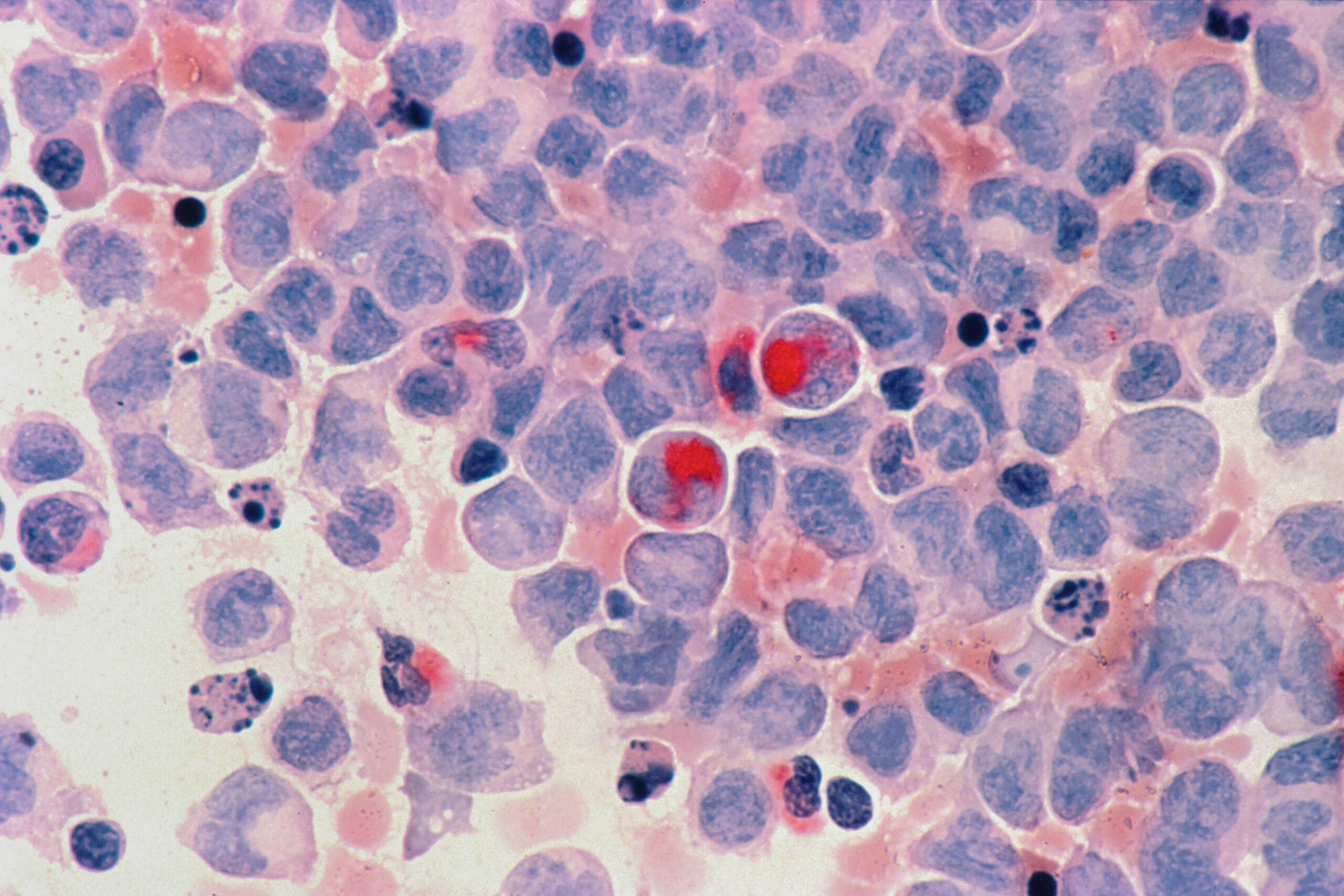Developing a Novel Biological Imaging Tool for Biomedical Applications

University of Bath: Christopher R Pudney (PI), Ventsi Valev
University of Cardiff: Dafydd Jones
University of Exeter: Christian Soeller
Background
It is now common to be able to determine the structure of proteins. However, proteins are highly dynamic and flexible. This flexibility defines much of what they can do and is important for disease states. There has been some progress in understanding protein flexibility, but these studies are made on the lab bench rather than on proteins inside cells. There is evidence that the environment inside cells influences the structure and flexibility of proteins. This means that the biomedical relevance of such lab bench studies are questionable as they likely do not represent the natural situation in the body.
We want to be able to see changes in protein flexibility and structure inside cells. To do this we will build on recently developed microscopy approaches and advances in optical physics to deliver a truly unique technology. Once we have demonstrated the technology we will be able to use it to identify new drug targets and to develop more effective pharmaceuticals.
This community previously received Initiator Funding for the project: GW4 Bio X.
Project summary
The community continued to grow during their Accelerator award, incorporating 7 research groups. The community used the award to fund lab-based research, to establish accurate quantitation of the formation of early stage protein aggregates using a labelling approach compatible with whole cell microscopy experiments. They demonstrated that this approach is able to capture the very earliest stages of protein association and where these aggregates are sub-visible, i.e. the toxic species. The community submitted a paper on their research and applied for grant applications to continue the collaborations instigated during this award.





